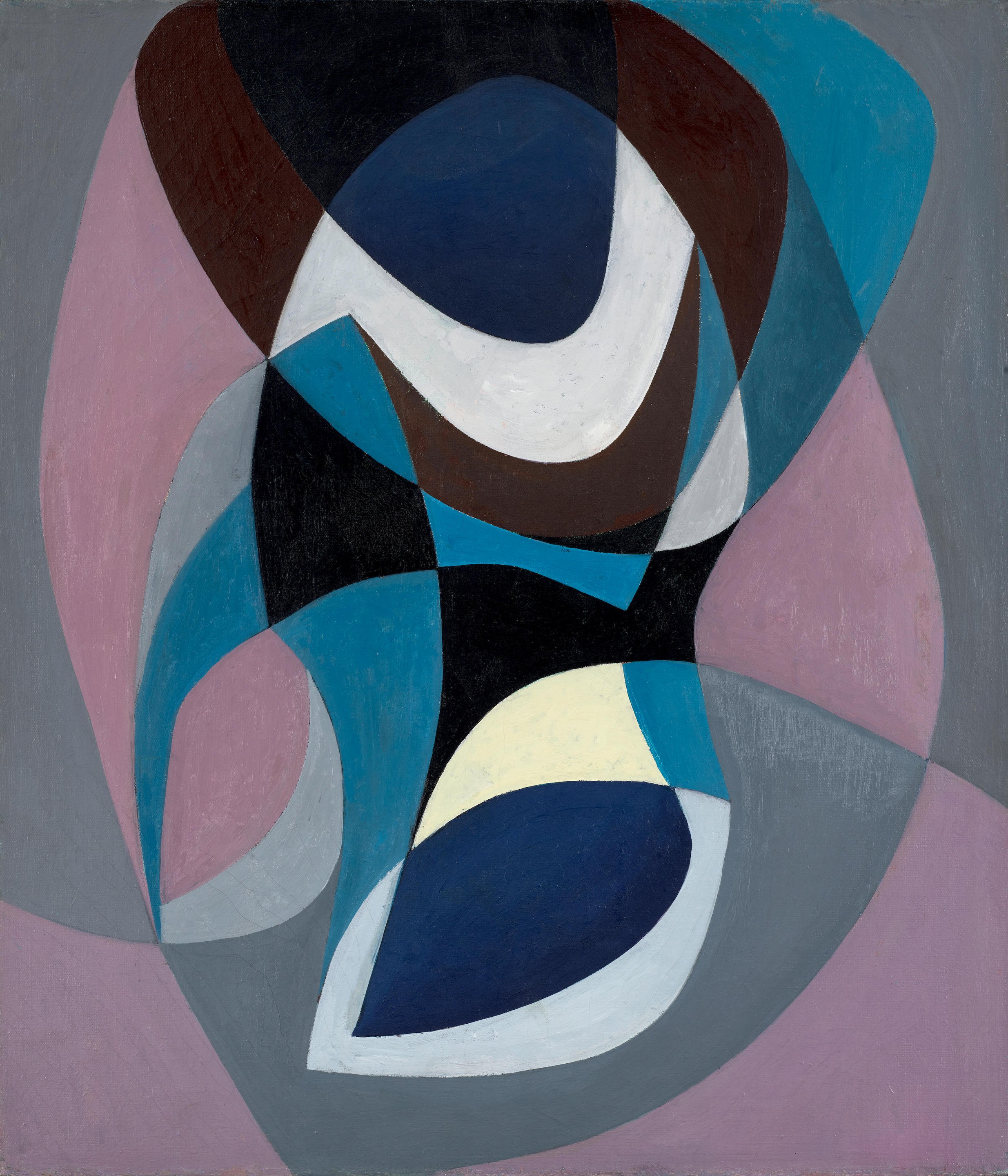Charles Green Shaw
“Artists don’t talk they paint. Because I have known so many people who could talk beautifully but they never did much about painting. They worked it all off in words.”
Charles Green Shaw (1892-1974) was a poet, novelist, journalist, and children’s book author. He was also, funnily enough, an abstract artist — it seems, despite his strongly held sentiments, he managed to not work all of it off in words.
The well-to-do “Park Avenue cubist” didn’t start out a visual artist. A partial inheritor of the Woolworth fortune, tragedy befell Shaw early — both of his parents died when he was a child, leaving him and his twin brother in the care of other relatives until Shaw went off to Yale. There he befriended the likes of Cole Porter and, upon graduating, kicked off a period of life documenting New York’s upper echelons for publications like The New Yorker and Vanity Fair. When public taste waned for reports on the scandalous lives of Manhattan’s elite (stock market crashes can do that), Shaw shifted his attentions to art.
The whirlwind years between 1927 and 1933 saw Shaw’s development into an artist who would come to garner the respect of New York’s modern art community. Studying first under Thomas Hart Benton and George Luke at the Art Students’ League, Shaw’s real awakening occurred in his travels to Paris and London, where encounters with Picasso and Braque (and later Jean Hélion) convinced him that the U.S. needed a proper infusion of abstraction, and that he should be the one to bring it.
In 1933 Shaw painted his first “plastic polygon,” a series of flat, bright, geometric abstractions — sometimes biomorphic, sometimes pulling from the severe verticality and rhythm of the Manhattan skyline — that would become the linchpin of his visual career. Extraneousness and excess were siphoned off to his collecting habits (tobacco figurines and tarot cards were particular favorites), as the more art he made, the further he distilled, simplifying forms to appeal to what he called an “aesthetic emotion.” There was a playful elasticity that lent itself well to the children’s books he started making in the late ‘30s (including a few for Margaret Wise Brown, the author of Goodnight Moon), but it also earned serious respect from fellow abstractionists G. L. K. Morris and A. E. Gallatin and landed him on the walls of the Guggenheim, the MoMA, and the Whitney.
Though Shaw wrote very little about his own art, a 1938 essay for Plastique magazine revealed a glimmer of pride in what he’d accomplished with his plastic polygons, the sense that he’d finally brought abstraction home to roost in his home country: “Structurally and functionally it is solely of America.”
